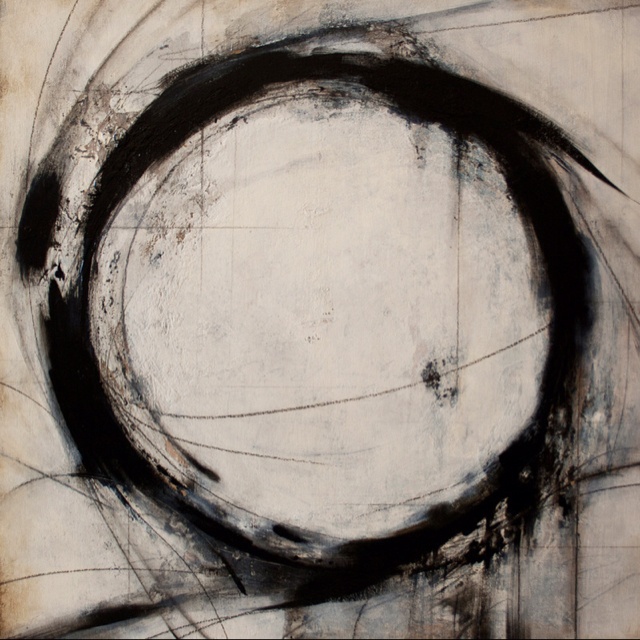Dear Integral Meditators,
What are you looking to get from your meditation practice? Different types of meditation practice lead to different results. This weeks article looks at the aims of Greenworld meditation, and outlines a simple technique that you can do to enjoy some of the benefits of this type of practice, most prominently a re-awakening of your vital, creative and spiritual energy.
Yours in the spirit of inner vitality,
Toby
 Re-awakening to Your Vital, Creative and Spiritual Energy
Re-awakening to Your Vital, Creative and Spiritual Energy
I was talking to someone who regularly attends my workshops the other day about the upcoming “Meditations for Connecting to the Greenworld” workshop. She had been under the impression from the title that the point of a Greenworld meditation would be something to do with being eco-friendly, recycling and so forth.
Actually the Greenworld meditation practice has nothing directly to do with these types of thing, although practising it will in all probability change quite radically the way in which you see yourself in relation to the Planet and to Nature.
So, what is the main purpose of Greenworld meditation?
Greenworld meditation functions to connect us with a tradition of spiritual practice that has been practiced by people all over the planet for millennia. It is a perennial form of meditation practice, that is to say that it has been long lasting, recurrent and continuing throughout human history. It is a spiritual practice that does not belong to any religion.
Greenworld meditation puts us in imaginative contact with the forces of life within the Planet, and by relating to these living forces we are able to:
- Heal and regenerate our own vital (sexual), creative and spiritual self.
- Participate in the returning to health of the Planetary being/Mother Earth, and play our part in the healing and regeneration of the vital, creative and spiritual energies within nature.
How does Greenworld meditation do this? It works primarily by using our creative imagination to put us in touch with the living and energies of the planetary being and encouraging us to participate in those energies in a fulfilling and health giving way.
The nice thing about the Greenworld meditations is that they are essentially very simple, but once activated they effect changes and transformations within us that are often profound and, subtly or not so subtly life changing.
A Simple Greenworld Meditation
This meditation aims is to connect our own vital, creative and spiritual energy to the same three energies within the planetary being, so that they flow through us freely, and we in turn are empowered to participate in them fully.
Stage 1: Sit comfortably. Be aware of a direction in front of you and behind you, to your left and to your right, above and below. See and feel yourself in the centre of the six directions and spend a short while stilling your body-mind in this centre point.
Stage 2: Visualize yourself in a landscape within nature that you associate with healing, health and regeneration. Sense the Planetary being beneath you as a living force and energy. See the energy from the planetary being flowing up into your body through the soles of your feet, filling your whole body with living energy and light. In particular see three energy centres being filled and energized:
- The middle point in your lower abdomen , the centre of your body’s vital, relational and sexual energy
- The point within the centre of your chest, the centre of your body-minds creative and higher imaginative energy
- The point in the centre of the brain as the centre of your body-minds higher mental and spiritual energy.
Be aware now of the sky and stars above you. See their light and energy coming down through your crown and energizing your head, heart and abdomen with their energy.
Sit comfortably and allow the vital, creative and spiritual energies of the Planetary being below and the sky and stars above feed, heal and re-awaken your own vital, creative and spiritual energies.
This can be done as a short 5 minute energization exercise, or as a longer more contemplative one where you spend a few minutes focusing on the vitality of each of your three energy centres.
I’ll be writing an article mid-week next week on taking this one stage further by engaging in a practice called Connecting to the Mirror Self in the Greenworld.
© Toby Ouvry 2014, you are welcome to use or share this article, but please cite Toby as the source and include reference to his website www.tobyouvry.com
Sample feedback from Meditation coaching client in 2014:
“I found the sessions were easy to follow and at the same time effective. The principle or technique taught was pretty pragmatic/logical, hence easy to understand and practice.
I have seen a good improvement on my approach and handling of day to day ups and downs, since I do the daily meditation at home.
I would definitely recommend other people to attend the sessions.” – DL
Click HERE to find out more about Toby’s 1:1 Coaching Services




 The Way of the Rat
The Way of the Rat


 Is Spirit a Place of Light or Dark?
Is Spirit a Place of Light or Dark?